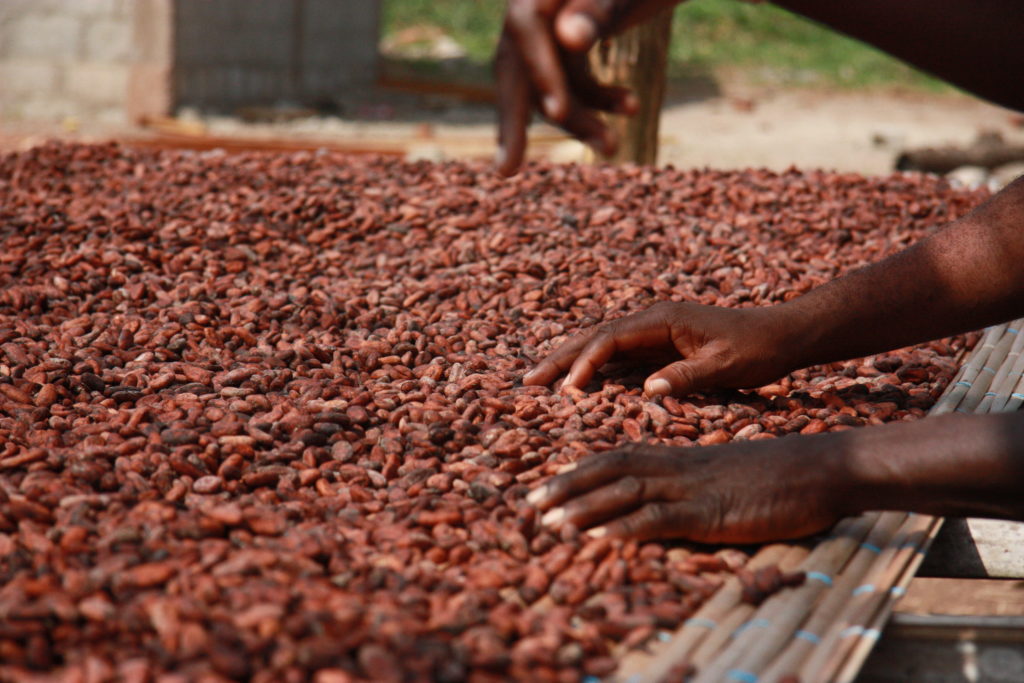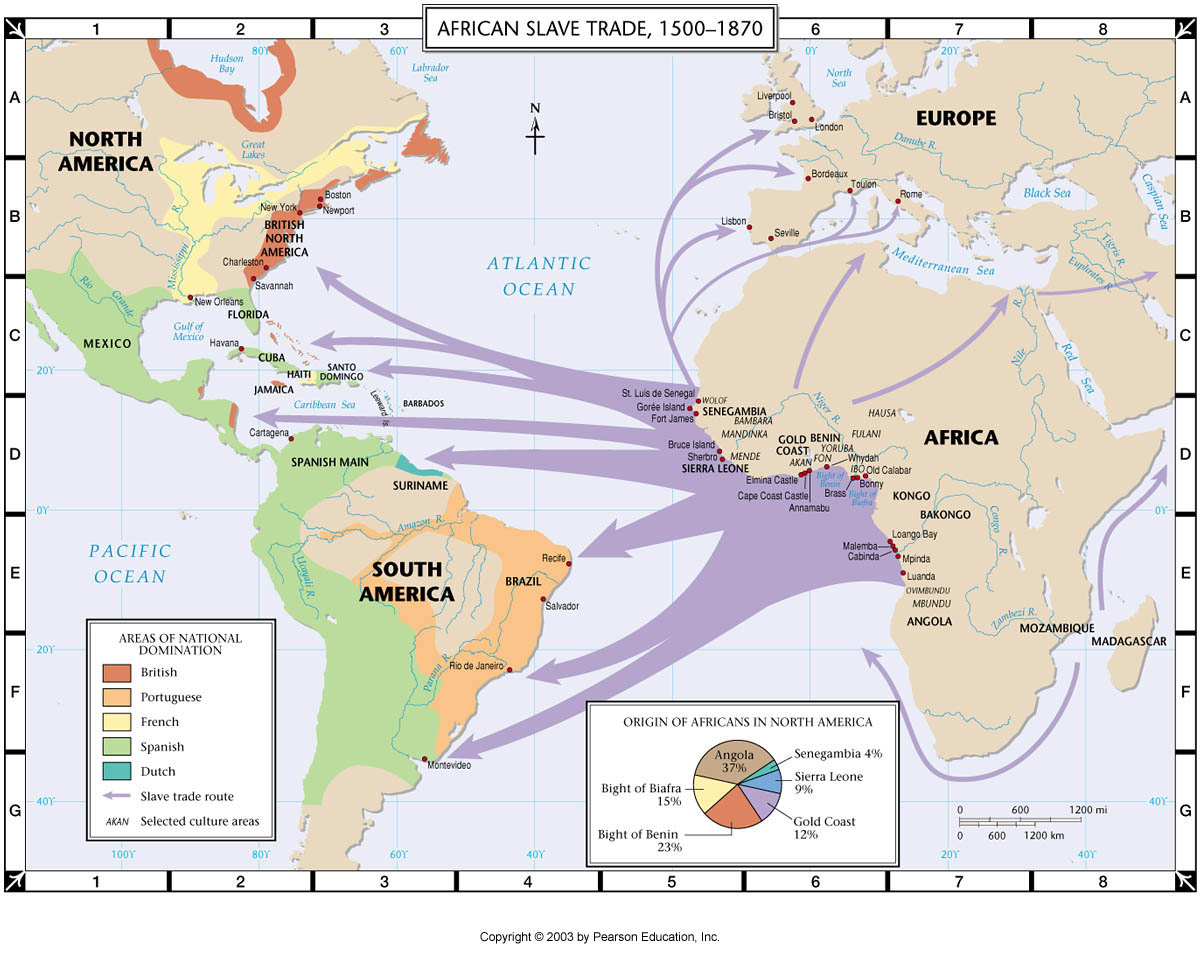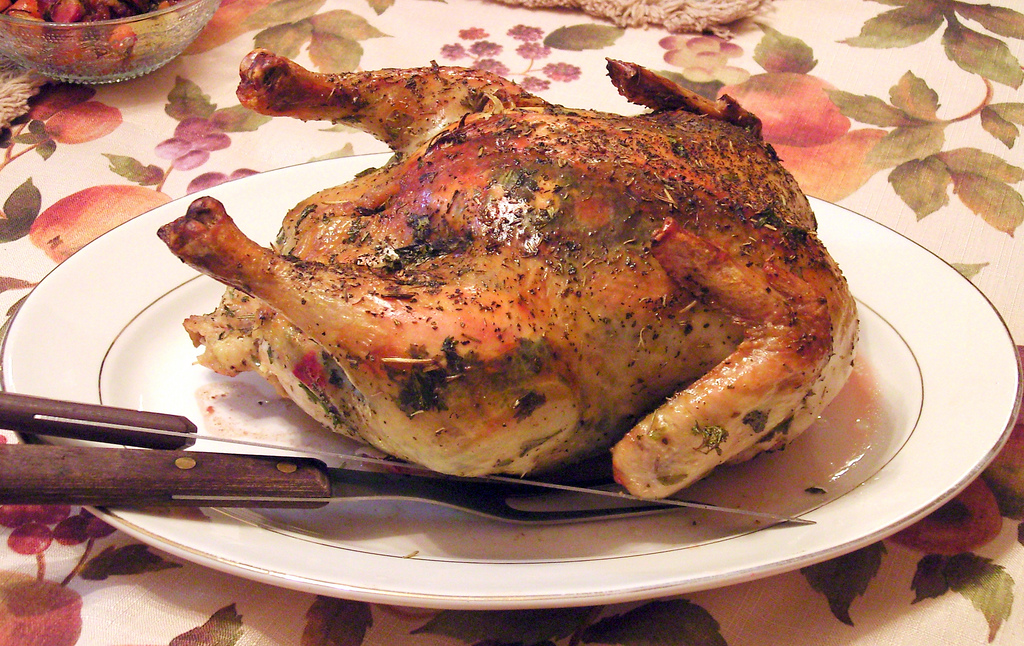
Barometer Consortium
Chocolate—a token of love, a balm for heartbreak, a substance of celebration used thousands of years ago as food, currency, and medicine and in sacred rituals. Building on the work of Maya scholar Sir Eric Thompson, Yale University archeologist Oswaldo Chinchilla Mazariegos writes of early consumption of cacao, “Observing an apparent similarity in the shape of cacao pods and human hearts … they were both conceived of as repositories of precious liquids—chocolate and blood.”
 Simran Sethi
Simran Sethi A tree produces around 30 cocoa pods a year. Each pod contains roughly 40 beans. It takes about 500 beans to make a single pound of chocolate
Chocolate is, at once, close to our hearts and a crop grown in distant places by people many of us will never meet, harvested from fruits most of us wouldn’t recognize in nature. Americans consume about 10 pounds of the sweet stuff per capita, per year (lagging behind the Swiss who consume over twice that amount and consistently rank number one on the list of top 10 cocoa consuming countries—six of which are in Europe). But our country leads in manufacturing. According to the International Cocoa Organization, the world’s chocolate factory is the United States, headed by companies such as Mars, Incorporated (manufacturers of favorites including M&M’s, Snickers, and Dove); Mondelēz International (makers of Cadbury and Toblerone); and the Hershey Company (kiss, kiss).
These companies (and so many more) transform cacao—colorful, football-shaped fruits harvested for their seeds—into cocoa and chocolate. The pods originated in the upper Amazon, were domesticated in Mesoamerica, and now grow in a thin Equatorial band in places ranging from Hawaii to Papua New Guinea. Over 60 percent of cacao, however, is grown in Ivory Coast and Ghana, cultivated by mostly smallholder farmers who grow the crop on plots of land averaging less than 5 hectares (12 acres) in size. These are the people responsible for the chocolate in our favorite treats: from cake and ice cream, to mochas and candy bars.
 ICCO data, Cocoa Barometer, 2018
ICCO data, Cocoa Barometer, 2018 Almost three-quarters of all cocoa is produced in Africa. But demand is concentrated in countries with the highest standards of living—Europe and the United States—where cocoa and chocolate are largely considered luxury goods
Yet behind all of this sweetness is an inherent and enduring bitterness. This World Chocolate Day, which happens on July 7 every year, we’re sharing insights from industry advocates on the state of the chocolate market and highlighting a few major problems to better understand how we—the chocolate lovers—can play a role in solving them.
Chief among these problems is poverty. Chocolate can’t exist without farmers, yet most aren’t fairly compensated. A joint study conducted by the French Development Agency and Barry Callebaut (the world’s largest cocoa producer) based on surveys conducted in Ivory Coast, found that farmers earned an estimated 568 West African Franc, or $1 per day. Updated research from Fairtrade International (also conducted in Ivory Coast) shows that even farmers selling cocoa with Fairtrade certification are living on the margins. Carla Veldhuyzen van Zanten, Fairtrade International’s senior advisor on sustainable livelihoods, writes: “The cost of a decent standard of living … for [a typical farmer household] is estimated at 6133 US dollars per year. This covers a basic, nutritious diet, decent housing with proper sanitation, school fees for the children, healthcare and some other essential needs, as well as a small provision for unexpected events. But the average household earns only 2700 US dollars—below the World Bank’s extreme poverty line.”
Certifications require that producers and makers adhere to certain processes and management practices that confer a range of social and environmental benefits. Generally speaking, they’re useful guides for assessing the ethics behind chocolate, but none reward farmers for the full extent of their work—or address flavor. Fairtrade is the most established certification. It requires cocoa traders pay farmer cooperatives (not individual farmers) a minimum price, plus an additional premium, for their crop. This premium is then invested according to the priorities of the coop. It might, for example, cover training sessions, improvements in infrastructure, or be distributed to members as direct payouts.
It takes time and money to achieve certification, but, unfortunately, the designation doesn’t ensure farmers will be paid more money. If a cooperative can’t sell its cocoa at a premium, the certified harvest—be it Fairtrade, Rainforest Alliance or Utz—may be sold at a lower price.
 Cocoa Barometer, 2018
Cocoa Barometer, 2018 Farmers’ cooperatives typically produce and harvest more certified cocoa than they can sell at a premium
These challenges have been exacerbated by a devastating price decline for commodity cocoa that occurred between September 2016 and February 2017, when farmers saw their income drop as much as 37 percent from one season to the next. It was caused by a confluence of forces that included analyst predictions that China and India would develop ravenous appetites for chocolate (the markets grew, but not as much as predicted), relatively flat demand in established markets, and favorable weather that resulted in abundant harvests. In short, the demand didn’t meet the surplus. Because of the oversupply, the market price for a ton of cocoa went from over $3,000 to a 10-year low of $1,900 over just a few short months. (The actual farmgate price paid to farmers is under that commodity price and that, of course, fell, too.) The market has crept back up, but the historic decline revealed how vulnerable the foundational people in chocolate are to price fluctuations—and helps explain why social and environmental challenges that should have been alleviated persist.
“The challenges we’re facing in cocoa are not very technical,” says Antonie Fountain, founder of the VOICE Network, an association of non-governmental organizations and trade unions working on sustainability in cocoa. “If you would put a bunch of scientists in a room, you could come up with solutions. Of course it will take time, but it’s not that we don’t know how to do it, technically speaking.”
 Mighty Earth
Mighty Earth Cocoa production has gradually destroyed Ghana and Ivory Coast’s national parks and forests
In 2001, companies including Mars, Ferrero, the Hershey Company, Kraft Foods, and Nestlé expressed their collective commitment to combat child labor in cocoa growing communities in West Africa through their support of the Harkin-Engel Protocol, an international agreement aimed at reducing the worst forms of child labor in the cocoa sector in Ivory Coast and Ghana by 70 percent by 2020.
Although there has been a slight relative decline in child labor, according to a study conducted by Tulane University, the number of children engaged in child labor in the cocoa industry increased between 2008 and 2009 and again between 2013 and 2014 due to the expansion of production. Most troubling was a 46-percent rise in those children engaged in hazardous work like land clearing, carrying heavy loads, and working long hours or at night. In 2013 and 2014, over 2 million children were engaged in this kind of work in both countries combined.
In April of this year, the VOICE Network, along with a global consortium of civil society organizations, released Cocoa Barometer 2018, a biennial assessment of the state of the $100-billion industry. In regard to child labor, the report states, “Not a single company or government is anywhere near reaching the sectorwide objective of the elimination of child labour [sic], and not even near their commitments of a 70% reduction of child labour [sic] by 2020.” And although the Child Labour Monitoring and Remediation Systems that the International Cocoa Initiative has implemented with industry partners are useful, they are currently reaching less than 20 percent of the over two million children impacted.
 Cocoa Barometer, 2018
Cocoa Barometer, 2018 The graphs above reflect the extent to which the issues of child labor and poverty have been alleviated
“Consumers care deeply about child labor,” Fountain says. “But unless you do something about structural poverty, child labor will always be an endemic part of cocoa. The same thing goes for deforestation. I often say—and the staunchest environmentalists jump up and clap when I say it—the biggest environmental problem in cocoa is poverty. Because if you have to choose between feeding your family or not cutting down a tree, it’s a no brainer.”
Over the last year, the Washington D.C.-based nonprofit Mighty Earth discovered evidence of large-scale deforestation in the cocoa-growing regions of Ivory Coast, Ghana, Indonesia, Ecuador, Cameroon, and Peru. The environmental organization states in its West African report, Chocolate’s Dark Secret, that a significant portion of Ivory Coast’s national parks and protected areas has been cleared of forest cover and replaced with cocoa-growing operations. Satellite mapping and other data gathered between 1990 and 2015 show that Ivory Coast has lost 85 percent of its forests, and Ghana is on a similar trajectory. “Without action,” the report reads, “Ghana stands to lose all remaining forests outside its national parks in the next decade. Chimpanzees, elephants, and other wildlife populations have been decimated by the conversion of forests in both countries to cocoa; in Ivory Coast, only 200-400 elephants remain from an original population of hundreds of thousands.”
 Mighty Earth
Mighty Earth Between 1990 and 2015, the Ivory Coast lost 85 percent of its forests
Chocolate companies, cocoa processors and governments have come together under the Cocoa and Forests Initiative. On July 4, Ghana launched its national implementation process, and Ivory Coast has pledged to begin reforestation, but reclaiming what has been lost will take time. Mighty Earth campaign director Etelle Higonnet stresses that replanting has to be extensive: “Forty percent shade, around 70 trees per hectare. Not some wishy-washy greenwashing at 10 or 20 trees per hectare. That won’t save either Ghana or Ivory Coast from an environmental cataclysm in 20 years.” Higonnet says these problems aren’t limited to a handful of countries and are not the fault of farmers, but are emblematic of a system buoyed by inequity and corruption.
Poverty doesn’t exist in a vacuum. Challenges in chocolate stretch all the way back to its inception. Specifically, the transatlantic slave trade that transported between 10 and 12 million enslaved Africans across the Atlantic Ocean to the Americas between the 16th and 19th centuries that allowed for the expansion of cocoa and sugar plantations. In describing the economic conditions of the time, Tulane University professor Joseph Roach writes: “The most revolutionary commodity … was human flesh.” Slave labor he says, not only “produced huge quantities of the addictive substances (sugar, coffee, tobacco and—most insidiously—sugar and chocolate in combination)” but “transformed the world economy and financed the industrial revolution.”

Today’s chocolate economy is plagued by more modern—though no less troubling—issues of inequality. “While many of the current programs in cocoa focus on technical solutions around improving farming practices,” the authors of the Cocoa Barometer write, “the underlying problems at the root of the issues deal with power and political economy; how the market defines price, the lack of bargaining power farmers, market concentration of multinationals, and a lack of transparency and accountability of both governments and companies.” And they have real consequences for the future of the industry: “If business as usual continues, it will be decades—if ever—before human rights will be respected and environmental protection will be a basis for sustainability in the cocoa sector.”
 Barometer Consortium
Barometer Consortium West African farmer drying cocoa beans
“Cocoa and chocolate are but one example of the global inequality that we see, especially in agriculture,” says Shawn Askinosie, founder of the award-winning, Springfield, Missouri chocolate company Askinosie Chocolate. He insists the price of cocoa beans should increase and there should be greater transparency in both costs and pricing. “A big business could do this, a little business could do this, nonprofits can do it. It’s not complicated, but it can be painful.”
Although companies have expressed concern about antitrust laws and perceptions of collusion, there are ways to create funds or support mechanisms that can improve farmer livelihoods. The difficulty, says Fountain, isn’t logistics as much as what he calls “socio-political elements.” He asks, “Do we have the will to change? Do we have the willingness and ability to lay down some of our power, some of our possessions, some of our distribution of wealth in order to solve this? That’s where the challenge lies.”

The graph above shows that despite the rise in chocolate sales over time, compensation for farmers has essentially stagnated
It is also important for the world to reassess how farmers are perceived, says Frimpong Kwaku, Ghana’s coordinator for the Farmgate Cocoa Alliance, a nonprofit dedicated to professionalizing cocoa for small-scale farmers. He said at the World Cocoa Conference, convened by the International Cocoa Organization (ICCO) in late April, that “farmers must be seen as equal partners, not only as the group needing the most assistance, but as decision-makers, as important as all the others who make chocolate possible.” (See additional commentary in the conference’s Berlin Declaration.)
And here’s where chocolate lovers come in, says Laurent Pipitone, former head of economics at the ICCO. We can best support cocoa farmers in our purchases, he says, by eating more dark chocolate.
The Food and Drug Administration (FDA) requires that a bar contain at least 10 percent cocoa mass to be called chocolate, but percentages can go much higher. “The darker the chocolate is,” Pipitone says, “the higher the cocoa content—and that has a beneficial impact on supply and demand factors.” In other words, if consumers demand products with more cocoa, more of the crop could be sold and more money could, potentially, go back to a farmer or farming cooperative.
 Barometer Consortium
Barometer Consortium Left: Cacao pods drying under the sun. Right: a cacao pod split open
The specialized “craft” chocolate market is another delicious way to show our support. The market is small and loosely defined since there are no clear parameters around what constitutes craft. But these smaller American makers have helped transform how consumers understand chocolate from both flavor and price perspectives. Their efforts to source directly from farmers, farmer cooperatives and smaller bean traders—and pay a premium price for higher-quality cocoa—could be another path to increasing value for farmers.
And our work doesn’t end there. “When we’re outside of the store, we’re all citizens,” Fountain says. And as citizens, we should seek out information, adds Askinosie. “We have to become [better] educated about the things that we’re buying. The more education people have, the more influence they will have over their buying decisions.”
Eaters can even go one step further and engage with chocolate companies and local governments. “Write to your representative,” says Fountain. “Ask, ‘Why aren’t you doing anything about the endemic child labor that’s in our products?’ We need to have laws that make sure not just the companies that want to make a change, but also the companies that don’t want to make a change have to comply. Or write to companies and ask them, ‘What are you guys doing to solve the structural poverty problem? Why aren’t you paying your farmers enough? And why aren’t you asking for more legislation so that everyone gets measured according to the same standard?’”
He acknowledges these efforts may seem modest, but says, “If we put enough people together, changes happen. The reason I know that is because, historically speaking, that’s exactly what changes things.”










